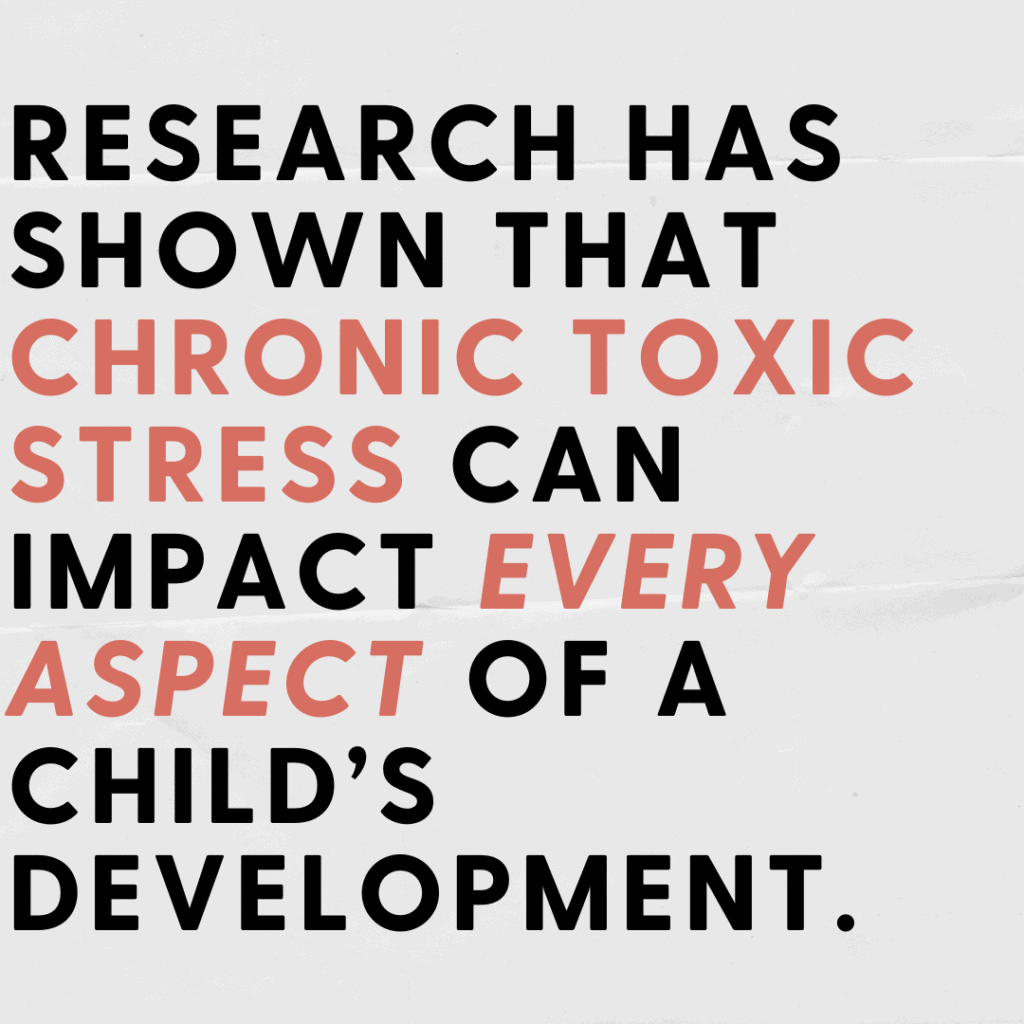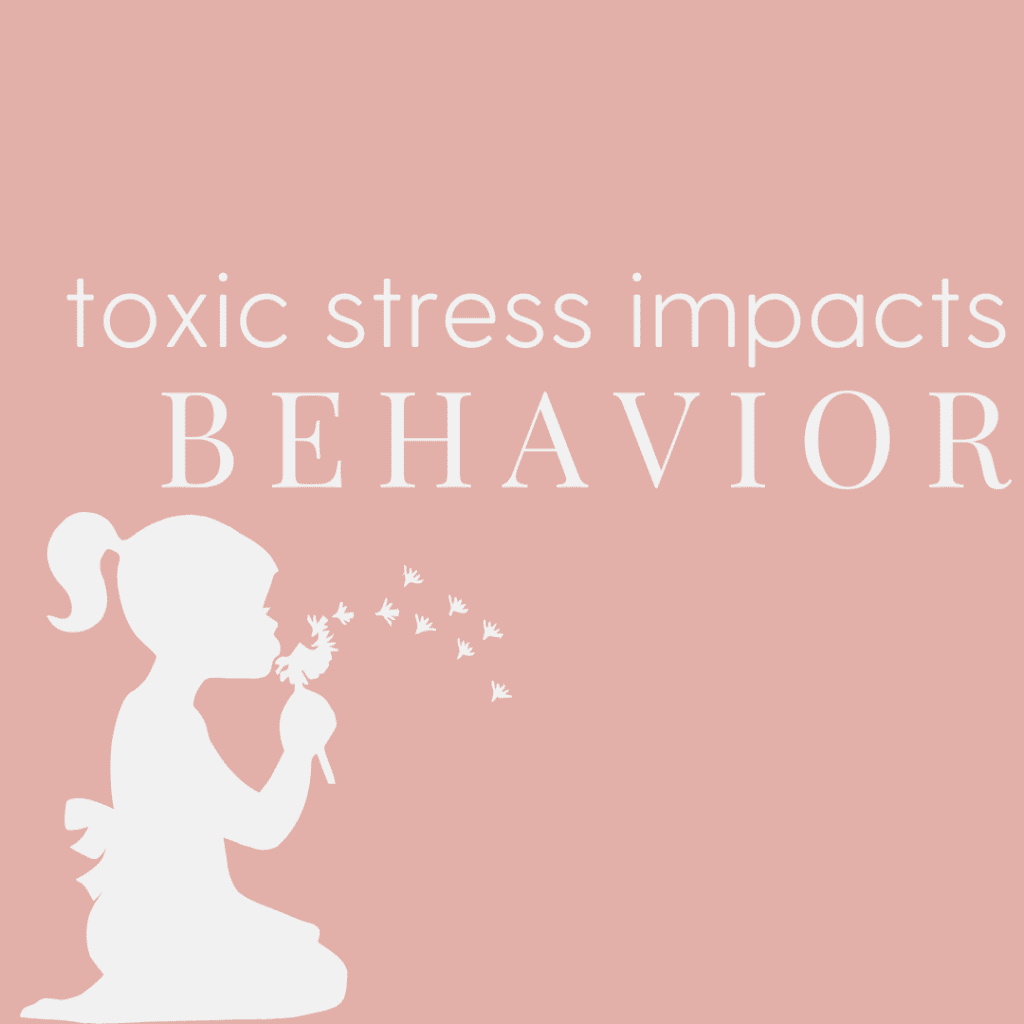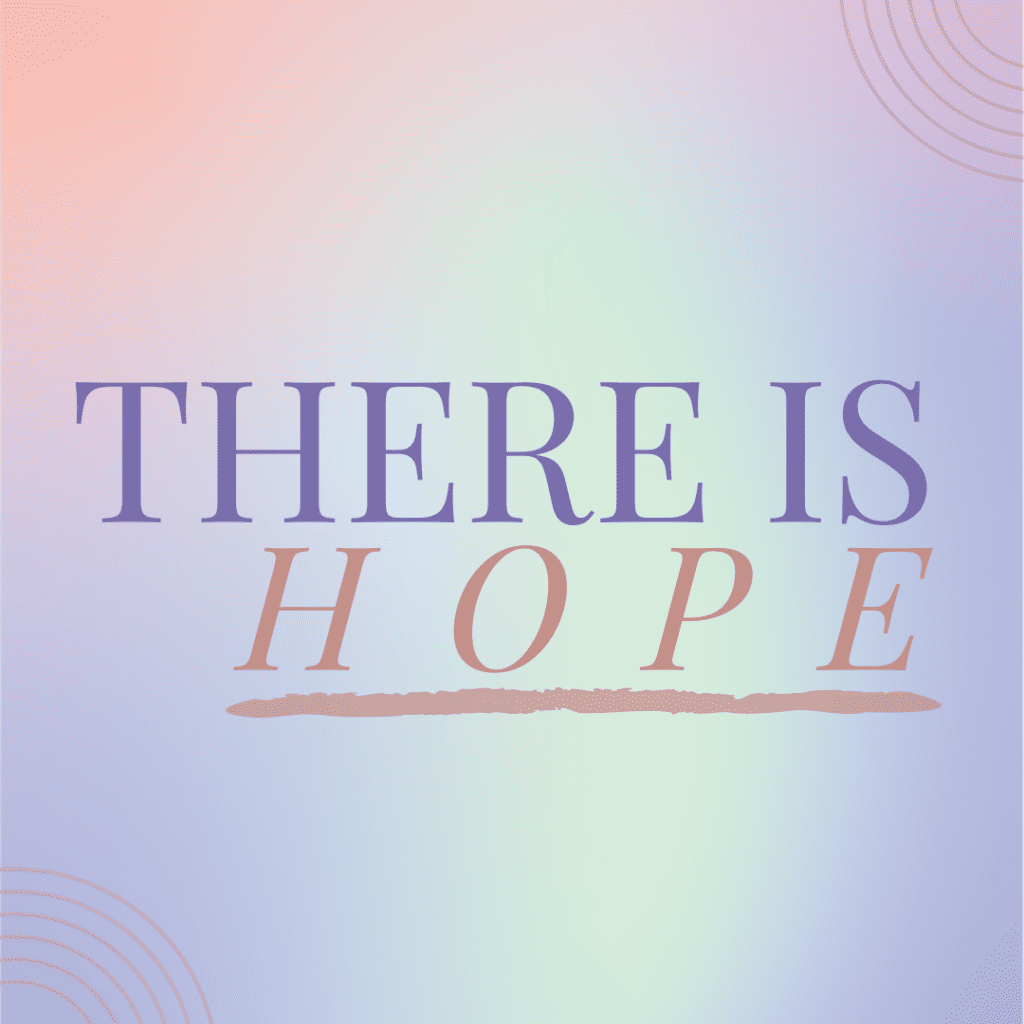Every Tuesday afternoon, seven-year-old Susie comes to Fire-Up, an after-school program at a church in her neighborhood. Occasionally, Katie, the program tutor, feels ready for Susie. Most times not. Susie’s behavior is unpredictable, and Katie never knows what to expect. In a split second, Susie can go from calm and quiet to having a meltdown. Usually, all it takes is a change of routine or hearing a simple, “No, you may not play with those toys right now.”
Katie knows a little about Susie’s painful past. She knows she is in foster care. Susie, who looks more like a five-year-old than seven-year-old, has experienced more neglect and abuse and witnessed more violence than most adults. According to her older brother, Susie was an irritable baby. Their mother would stuff a rag in Susie’s mouth and place her in a box on the back porch for hours on end. Her brother was often left in charge of Susie when their mother left for “work” and was frequently gone for extended periods of time.
For the first three years of her life, Susie and her brother were shuffled around to various relatives, always eventually landing back home in their mother’s abusive care. Eventually, child welfare workers became involved in this chaotic family. Efforts to help the family failed, and Susie entered foster care, separated from her older brother. She now lives with the Walker foster family who attends the church where Susie participates in the Fire-Up program.
It’s all too easy for the adults in Susie’s life now to focus on her disruptive behavior, but Susie didn’t set out to create problems in the classroom; she was set up for it by her early life experiences.
Children who have been in foster care, like Susie were wounded most in the context of interpersonal relationships, and they will heal only in the context of healthy, nurturing, interpersonal relationships. The one most important insight needed for foster and adoptive parents and any adult working with children with a traumatic history is to understand what trauma does to a developing child.
Trauma is an emotional [and cognitive] response to an event, or an on-going series of events, that creates the perception that one’s personal safety, or even one’s life, is threatened. The traumatic event(s) causes the person to feel intense fear or a sense of helplessness.
As a first step in helping our children heal, it is critically important that foster and adoptive parents and those adults who work with wounded children in the context of church or school learn to view the children through a trauma-informed lens.
Thousands of children live in what is called CUTS – Chronic, Unpredictable, Toxic, Stress. These stresses come from relational and environmental events. Donna Jackson Nakasawa, author of Childhood Disrupted: How Your Biography Becomes Your Biology, writes:

“Exposing a child to unpredictable chronic stress causes the body to churn out inflammatory stress hormones, igniting a state of chronic physical and neural-inflammation and disease. Normative stress helps kids learn to seek out resourceful strategies, self-soothe, recover and build the biological capacities for resilience. Toxic stresses don’t toughen a child. Those toxic stressors break down a child’s or adolescent’s brain so that the child is less able, throughout life to handle the next thing and the next thing.”
Research has shown that chronic toxic stress can impact every aspect of a child’s development. It can damage a child’s immune system so profoundly that the effects can show up decades later. People with a history of CUTS often experience chronic disease, mental illness, cognitive impairment, relationship failures, high-risk behaviors, disability, and even early death.
Imagine dropping a sponge into a vase full of red-colored water. What would happen over time? The sponge would turn the color of the water red. That sponge is representative of the brain of a child who lives in a toxic environment. Children who come into our homes, churches, and schools from toxic stressful environments have marinated in stress hormones for weeks, months, even years. As a result, they are changed from who they would have been had there been a safe adult on duty, buffering those harmful experiences and helping those children recover.
Because of the prolonged toxic hormones coursing through a child’s system, the brain’s development is potentially impacted, resulting in cognitive, self-regulatory, and behavioral control delays and challenges. Many children, living or having lived within this toxic environment, can be emotionally and psychologically half their chronological age due to brain developmental delays.
Often, children from chronic stressful environments will experience multiple physical problems, such as chronic or recurrent headaches or stomachaches which appear to have no organic cause. They may have auto-immune disorders, respiratory or digestive problems., problems. A child may have challenges with coordination, balance, or body tone. High levels of cortisol can block growth hormones. Jonathan, a twelve-year-old boy, adopted from the foster care system, came from a severe toxic environment. He looks more like an eight-year-old in physical stature. He suffers from chronic digestive issues and misses a lot of school and church activities due to illness.
Research shows that when a child lives in a chronically stressful environment, natural biological functions are altered, and those biological alterations can be carried into adulthood. This may include hormonal dysfunction, immune system dysfunction, or altered genetic expression. Simply put, one’s organs, tissues, and cells can be affected.
How we view children’s behavior is critical to our effectiveness as adults who want to help.
When we see aggressive behaviors or a child who seems out of control, will we define that behavior as “bad”? Or will we learn to ask what the meaning behind that behavior might be?
A child who grew up in a chronically unpredictable, toxic, or abusive environment often sees everything through the lens of self-preservation. Our children have developed survival strategies
which are usually unconscious and triggered automatically by real or perceived threats.

Belief systems are an incredibly powerful part of who we are and set the trajectory for our lives.
Belief systems are formed by the words we hear and the experiences we have. Children who grow up experiencing physical abuse believe, at some level, that they are not loved. “If I was loved, my parents wouldn’t hurt me.” Children who have experienced neglect believe they do not exist. “If I existed, my parents would see me and meet my needs.”
Many children who have been in or adopted from foster have harmful belief systems caused by the words they have heard (emotional abuse) and experiences they have had (physical abuse.) Research indicates that the deep emotional damage done by verbal abuse is just as severe as physical abuse.
It can be said that what one believes fuels his emotions and then sets the trajectory for
behavior. “As a child thinks, so is he” (Proverbs 23:7). Paul also knew the power of the mind when he wrote, “…be changed by the renewing of your mind” (Romans 12:2).
So, if children have formed belief systems about themselves due to negative words and experiences, how do we help them renew their minds and form new belief systems?

For children like Susie, there is hope! Why? Because “We are fearfully and wonderfully made” (Psalm 139:4). God created us in such a way that, over time, our brain can heal, thus impacting everything else – our body, biology, behavior, and belief system. Scientists call this ability of the brain to grow and change throughout a lifetime neuroplasticity. This means, among other things, that new words, new experiences, and new relationships and connections with people and God open the door to healing, no matter what early childhood trauma may have been endured.
The post Understanding Childhood Trauma Changes Everything appeared first on Focus on the Family.
Continue reading...
Katie knows a little about Susie’s painful past. She knows she is in foster care. Susie, who looks more like a five-year-old than seven-year-old, has experienced more neglect and abuse and witnessed more violence than most adults. According to her older brother, Susie was an irritable baby. Their mother would stuff a rag in Susie’s mouth and place her in a box on the back porch for hours on end. Her brother was often left in charge of Susie when their mother left for “work” and was frequently gone for extended periods of time.
For the first three years of her life, Susie and her brother were shuffled around to various relatives, always eventually landing back home in their mother’s abusive care. Eventually, child welfare workers became involved in this chaotic family. Efforts to help the family failed, and Susie entered foster care, separated from her older brother. She now lives with the Walker foster family who attends the church where Susie participates in the Fire-Up program.
It’s all too easy for the adults in Susie’s life now to focus on her disruptive behavior, but Susie didn’t set out to create problems in the classroom; she was set up for it by her early life experiences.
Children who have been in foster care, like Susie were wounded most in the context of interpersonal relationships, and they will heal only in the context of healthy, nurturing, interpersonal relationships. The one most important insight needed for foster and adoptive parents and any adult working with children with a traumatic history is to understand what trauma does to a developing child.
Understanding the Impact of Early Trauma
Trauma is an emotional [and cognitive] response to an event, or an on-going series of events, that creates the perception that one’s personal safety, or even one’s life, is threatened. The traumatic event(s) causes the person to feel intense fear or a sense of helplessness.
As a first step in helping our children heal, it is critically important that foster and adoptive parents and those adults who work with wounded children in the context of church or school learn to view the children through a trauma-informed lens.
Thousands of children live in what is called CUTS – Chronic, Unpredictable, Toxic, Stress. These stresses come from relational and environmental events. Donna Jackson Nakasawa, author of Childhood Disrupted: How Your Biography Becomes Your Biology, writes:

“Exposing a child to unpredictable chronic stress causes the body to churn out inflammatory stress hormones, igniting a state of chronic physical and neural-inflammation and disease. Normative stress helps kids learn to seek out resourceful strategies, self-soothe, recover and build the biological capacities for resilience. Toxic stresses don’t toughen a child. Those toxic stressors break down a child’s or adolescent’s brain so that the child is less able, throughout life to handle the next thing and the next thing.”
Research has shown that chronic toxic stress can impact every aspect of a child’s development. It can damage a child’s immune system so profoundly that the effects can show up decades later. People with a history of CUTS often experience chronic disease, mental illness, cognitive impairment, relationship failures, high-risk behaviors, disability, and even early death.
What we know: Toxic stress impacts the brain
Imagine dropping a sponge into a vase full of red-colored water. What would happen over time? The sponge would turn the color of the water red. That sponge is representative of the brain of a child who lives in a toxic environment. Children who come into our homes, churches, and schools from toxic stressful environments have marinated in stress hormones for weeks, months, even years. As a result, they are changed from who they would have been had there been a safe adult on duty, buffering those harmful experiences and helping those children recover.
Because of the prolonged toxic hormones coursing through a child’s system, the brain’s development is potentially impacted, resulting in cognitive, self-regulatory, and behavioral control delays and challenges. Many children, living or having lived within this toxic environment, can be emotionally and psychologically half their chronological age due to brain developmental delays.
What we know: Toxic stress impacts the body
Often, children from chronic stressful environments will experience multiple physical problems, such as chronic or recurrent headaches or stomachaches which appear to have no organic cause. They may have auto-immune disorders, respiratory or digestive problems., problems. A child may have challenges with coordination, balance, or body tone. High levels of cortisol can block growth hormones. Jonathan, a twelve-year-old boy, adopted from the foster care system, came from a severe toxic environment. He looks more like an eight-year-old in physical stature. He suffers from chronic digestive issues and misses a lot of school and church activities due to illness.
What we know: Toxic stress impacts biology
Research shows that when a child lives in a chronically stressful environment, natural biological functions are altered, and those biological alterations can be carried into adulthood. This may include hormonal dysfunction, immune system dysfunction, or altered genetic expression. Simply put, one’s organs, tissues, and cells can be affected.
What we know: Toxic stress impacts behavior
How we view children’s behavior is critical to our effectiveness as adults who want to help.
When we see aggressive behaviors or a child who seems out of control, will we define that behavior as “bad”? Or will we learn to ask what the meaning behind that behavior might be?
A child who grew up in a chronically unpredictable, toxic, or abusive environment often sees everything through the lens of self-preservation. Our children have developed survival strategies
which are usually unconscious and triggered automatically by real or perceived threats.

What we know: Toxic stress impacts a child’s belief system
Belief systems are an incredibly powerful part of who we are and set the trajectory for our lives.
Belief systems are formed by the words we hear and the experiences we have. Children who grow up experiencing physical abuse believe, at some level, that they are not loved. “If I was loved, my parents wouldn’t hurt me.” Children who have experienced neglect believe they do not exist. “If I existed, my parents would see me and meet my needs.”
Many children who have been in or adopted from foster have harmful belief systems caused by the words they have heard (emotional abuse) and experiences they have had (physical abuse.) Research indicates that the deep emotional damage done by verbal abuse is just as severe as physical abuse.
What are the WORDS some children have heard?
- You are stupid.
- God doesn’t love you.
- We never wanted you.
- We don’t love you.
What are the EXPERIENCES they have had?
- Hitting, slapping, pinching
- Beating, burning
- Withholding food, medication
- Sexual abuse
It can be said that what one believes fuels his emotions and then sets the trajectory for
behavior. “As a child thinks, so is he” (Proverbs 23:7). Paul also knew the power of the mind when he wrote, “…be changed by the renewing of your mind” (Romans 12:2).
So, if children have formed belief systems about themselves due to negative words and experiences, how do we help them renew their minds and form new belief systems?
By giving them new words and experiences.
- You are loved.
- You are precious.
- God loves you.
The Good News

For children like Susie, there is hope! Why? Because “We are fearfully and wonderfully made” (Psalm 139:4). God created us in such a way that, over time, our brain can heal, thus impacting everything else – our body, biology, behavior, and belief system. Scientists call this ability of the brain to grow and change throughout a lifetime neuroplasticity. This means, among other things, that new words, new experiences, and new relationships and connections with people and God open the door to healing, no matter what early childhood trauma may have been endured.
Key Take-Aways
- Chronic toxic traumatic stress impacts a child’s whole being — brain, body, biology, behavior, and belief system.
- There is hope! Our brains grow and change over a lifetime. New, positive experiences and safe relationships with caring adults can repair a child’s brain and open the door to healing past trauma.
How You Can Pray
- Pray that each child impacted by trauma will receive nurturing and caring support to assist in their healing.
- Pray for the foster and adoptive families to understand the child’s behavior is a symptom of their pain.
- Pray for educators to be another positive adult in the life of a child.
- Pray that churches build ministry programs that welcome and support the needs of children with a trauma history.
- Pray for deep healing, the kind that heals one’s soul.
The post Understanding Childhood Trauma Changes Everything appeared first on Focus on the Family.
Continue reading...





